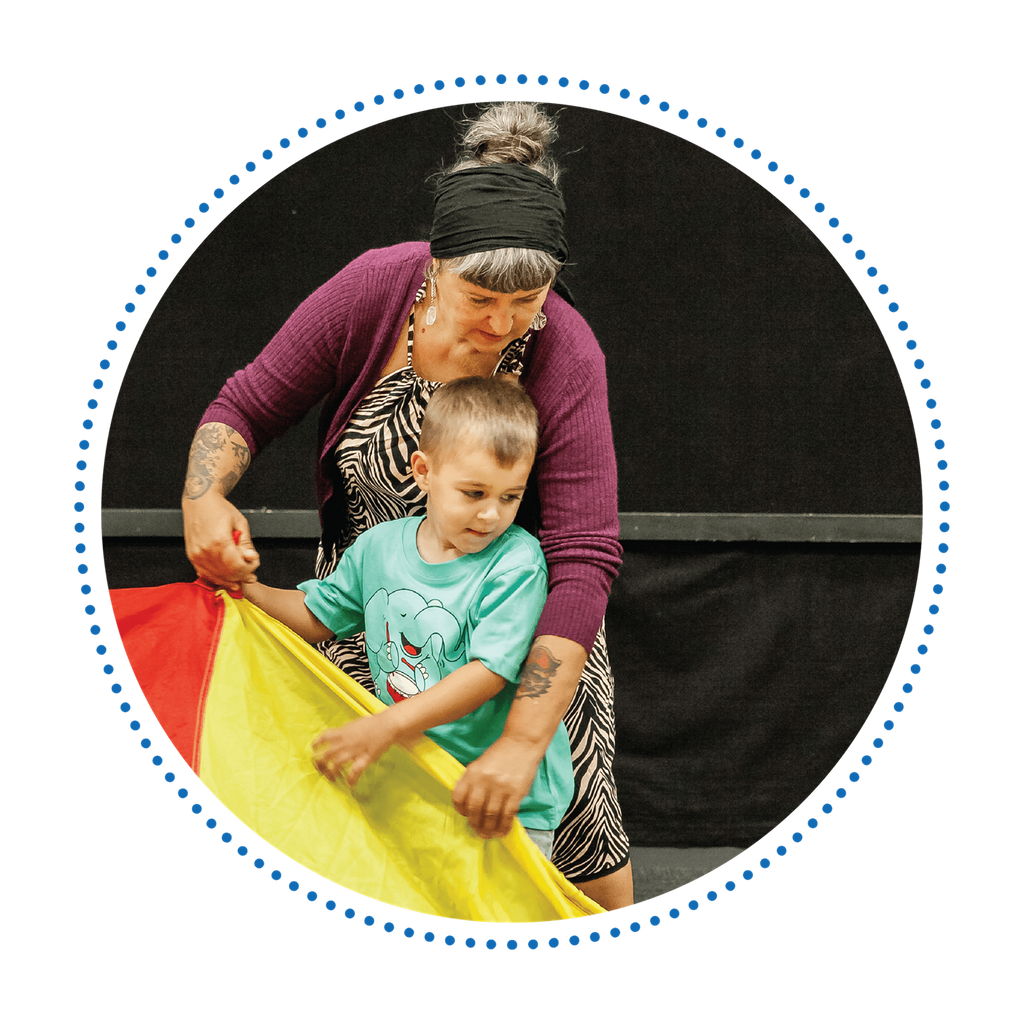Sometimes your body feels tight and your thoughts feel loud. That’s when you need a gentle reset—something small you can do all by yourself. These ideas are your secret tools when you feel a little off. You don’t need anything fancy. You just need a moment and a choice. Try one idea, then maybe another. Let your brain and body settle into calm.
Take belly breaths as your quiet button When your chest feels tight or your mind buzzes, slow your breathing down. Place your hand on your belly and imagine you’re blowing up a balloon there. Breathe in slowly, watching your belly rise, then breathe out gently. According to a UK guide for calming strategies, playful breathing techniques like balloon breaths or "smell the flower, blow the candle" help kids reset their bodies. Start with just a few. Feel your heart slow. Feel the noise in your head soften.
Transform big feelings with a tool grownups use Grownups sometimes convert a PDF to make it easier to use—smaller, cleaner, easier to share. You can do the same with your own big feelings. Take a messy, swirly worry and turn it into a drawing, a paper book, or even a folded note. Suddenly, that feeling isn’t just in your body anymore—it’s out where you can look at it. You changed its shape. You made it yours again.
Quiet with gentle sounds or tunes Sound can tell your body, “Let’s rest now.” Try soft music, a whispering wind, raindrops, or hum your own tune. Let the noise float through your room. Let it travel through your chest and your ears. You can use calming sounds to feel better without needing any words at all. Sit or lie down. Close your eyes if you want. Tune in. Let the quiet help.
Use your words when you can Even when your heart feels crowded and your mouth doesn’t want to open, a few words can help. “I feel weird.” “I miss someone.” “I don’t like that.” Grownups are often finding ways to talk to the kids even when they’re busy, because your words matter. They carry your feelings from inside to outside, like a little bridge. And when your grownup hears you, they can meet you there. You don’t have to explain everything. You just need to start.
Move for just a minute Wiggle your fingers. Spin in place. March like a soldier. Stomp like it’s raining. You only need sixty seconds. That little burst of movement tells your body, “Time to reset.” It helps shake out the static inside you. Some call these short lifts nervous system hacks because they quiet the hurry or heat in your body. So when your limbs feel heavy or your mood feels scrambled, let your feet travel for one minute. You might feel lighter when you stop.
Create your safe spot This can be a box, corner, cushion, or little nook where you keep things that whisper calm to you—soft cloth, a pet toy, a favourite picture, even a smooth stone. Having a space like this—a designated calming spot—gives your brain permission to relax. Whenever you crawl in or sit down, tell your body: “This is my rest zone.” Breathe there. Watch something quiet. Hug something soft. You built this. You can go there anytime.
Draw, doodle, let it out Grab a pencil, crayon, marker—any colour. Let your hand move however it wants. Loops, zigzags, big blobs, tiny dots—none of it needs to be anything at all. What matters is that it’s yours. Drawing gives feelings a shape that your brain can see. When you’re done, fold it up or throw it away. Or save it. Or crumple it. The point is—it helped. It moved something from inside to out.
You don’t need to do all of these at once. You don’t need a perfect moment. All you need is a whisper of curiosity: “What might help me feel more like me?” Then try something. Breathe. Move. Speak. Draw. Relax. Reset. These small choices are your secret powers—and yours alone.
Discover the joy of learning and playing with your little ones at mainly music, where each session is a delightful journey filled with music, stories, and activities designed to support families and create lasting memories.
Published with grateful thanks to Cassidy Gibson-Cooper for researching and writing this helpful piece



